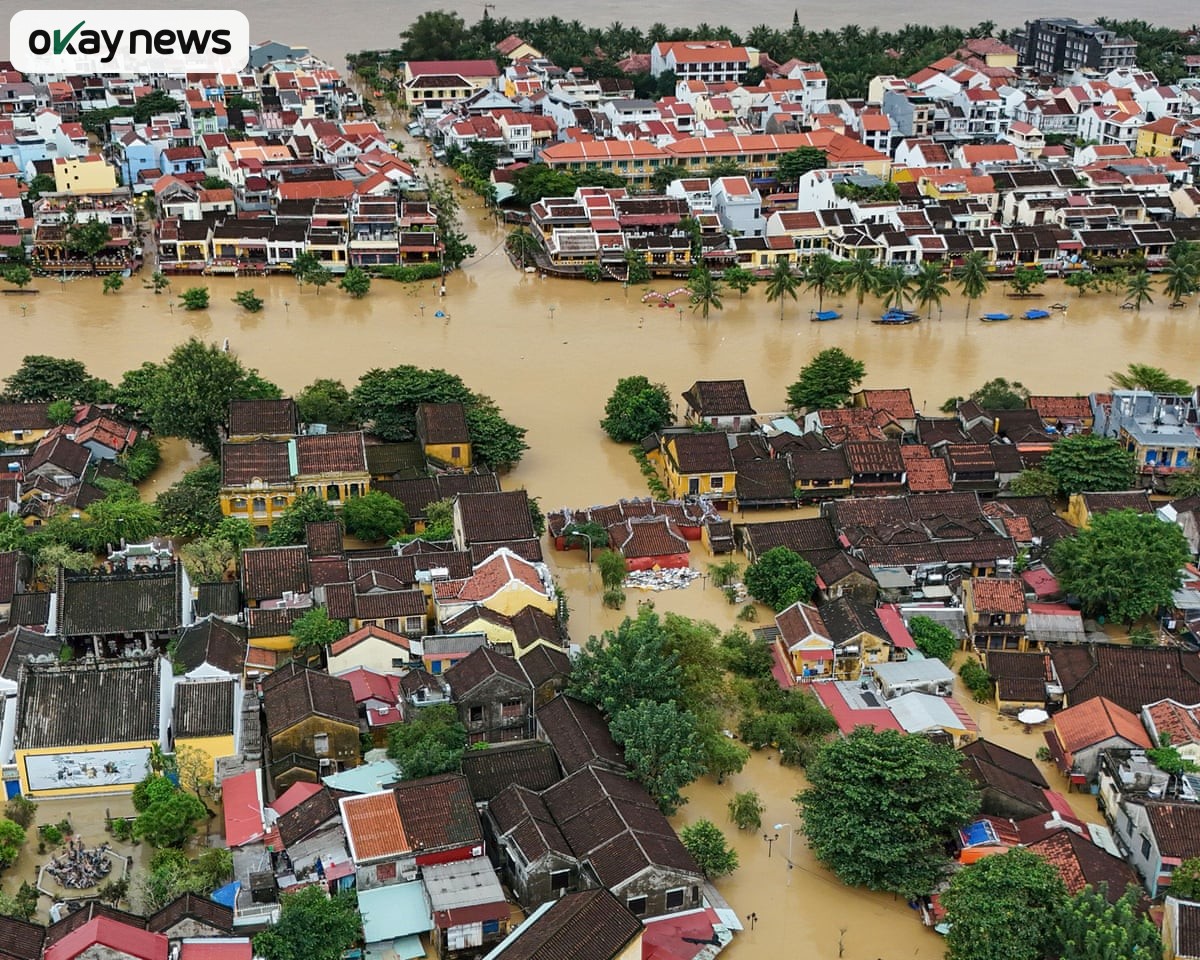The death toll from severe flooding in Vietnam has risen to 90, with 12 people still missing, as days of heavy rain and landslides continue to devastate several provinces. South-central Vietnam has been battered by relentless downpours since late October, overwhelming popular tourist areas and rural communities alike. Entire sections of Nha Trang were submerged last week, while deadly landslides cut through highland passes near Da Lat.
In the mountainous Dak Lak province, where more than 60 deaths have been recorded since November 16, thousands of homes were inundated. One resident, 61-year-old farmer Mach Van Si, described how he and his wife spent two nights stranded on their rooftop after floodwaters engulfed their village. He said the neighbourhood was “completely destroyed,” with mud swallowing everything in sight.
Four communes in Dak Lak remain underwater, according to the environment ministry, which also reported that more than 80,000 hectares of rice and crops have been damaged across five provinces. Over 3.2 million livestock and poultry were killed or swept away, worsening the humanitarian strain.
Rescue operations have intensified, with helicopters air-dropping food, clothing, and water-purification tablets to isolated communities. Tens of thousands of emergency personnel have been deployed to deliver aid, while severe flooding in Khanh Hoa province washed away two suspension bridges, further cutting off access to several households.
Transport routes remain heavily disrupted, with national highways and sections of the railway network still blocked. Power outages also persist, with more than 129,000 customers yet to be reconnected after more than a million people lost electricity earlier in the week.
The environment ministry estimates that the floods have caused $343 million in economic losses across the affected provinces. Between January and October, natural disasters have killed or left missing 279 people in Vietnam and inflicted more than $2 billion in damage. Scientists have increasingly linked the country’s worsening extreme weather patterns to human-driven climate change, warning that such destructive events may become even more frequent.












